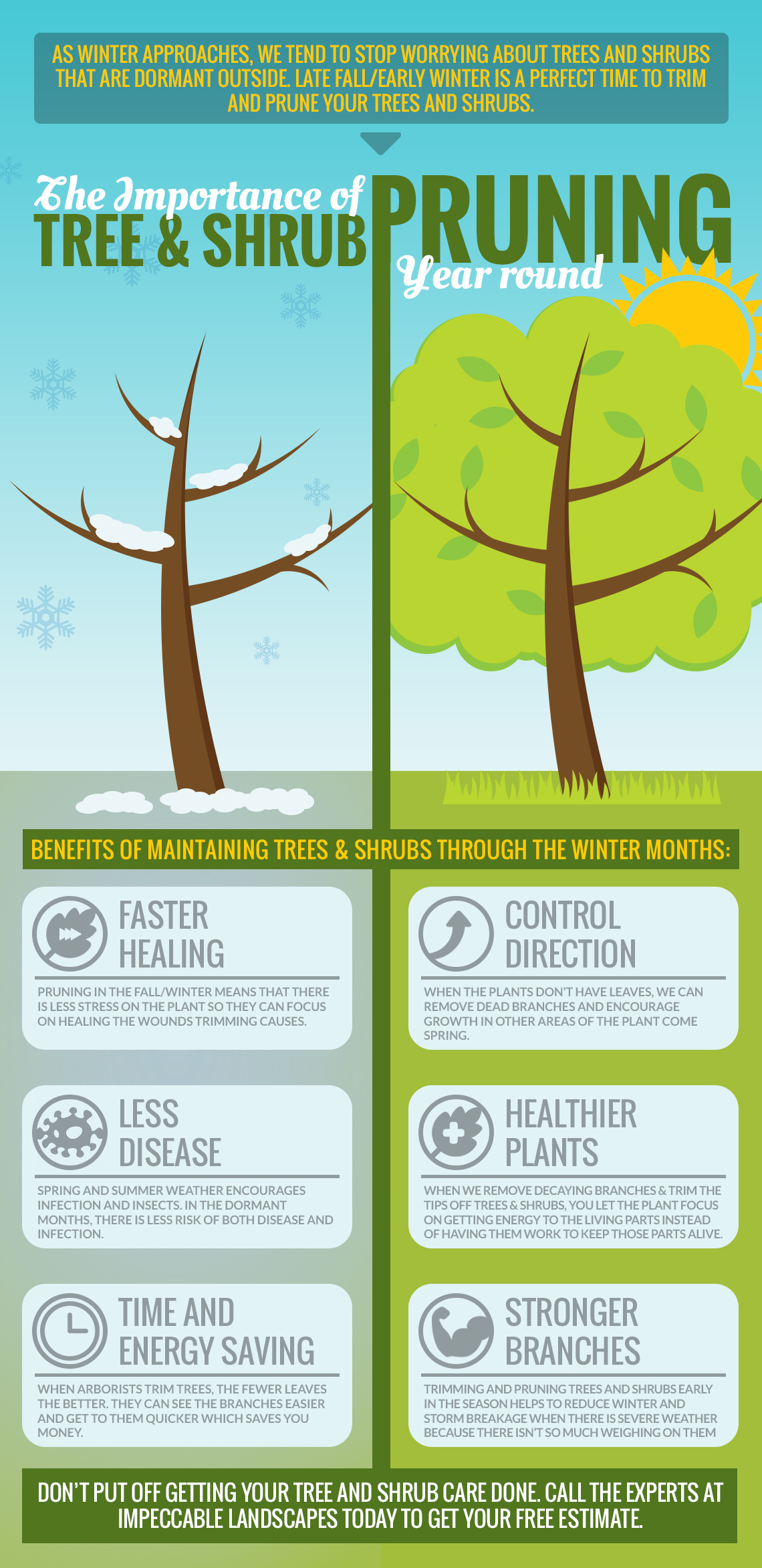Securing Your Landscape: Replanting After Tree Removal
Securing Your Landscape: Replanting After Tree Removal
Blog Article
Short Article Developed By-Asmussen Hudson
Tree elimination can leave a void in your landscape that requires dental filling. You can grow something new because area, but it takes extra treatment and interest at the beginning to assist it grow.
The dirt in that area will certainly maintain altering gradually as bacteria break down the old roots. That can impact the nutrient equilibrium and physical area for new growth.
Dirt
The dirt in a plot where a tree has been gotten rid of is most likely to be extremely various from the remainder of your garden or yard. The roots of the old tree and the stump will have transformed the soil, eliminating some nutrients and perhaps crowding out other plants. In addition, if the previous tree was infected, the transmittable agent may still remain in the ground.
The existence of roots cultivates an abundant and varied community of soil bacteria that enhances important processes like nutrient cycling and organic matter decomposition. Without these microorganisms, the displaced soil can come to be less abundant and nutrient-depleted, with a negative effect on plant development.
Prior to replanting, the dirt should be eliminated of particles and organic product (such as timber chips from stump grinding). You might want to mix in potting soil or native dirt with this compost to provide your new growing with an atmosphere that is well balanced and packed with nutrients.
Water
Tree roots absorb large amounts of water from the dirt. This procedure additionally adds nutrients back to the dirt, especially nitrogen, which is important for new trees and plants. However, old dirt can be depleted of these essential minerals as a result of the worn out roots and stump from an eliminated tree.
This is why it is essential to have a plan for the future of your landscape. Preferably, the most effective time to plant is when you have a clean slate.
Whether you're growing grass or blossoms, make certain to utilize a soaker pipe to stay clear of overwatering your new landscaping. If the location was a yard, make sure to cover the dirt with organic compost to aid maintain wetness in the dirt, manage soil temperatures and subdue weeds. This also offers a layer of security for young plants and advertises worm activity. After that, on a regular basis replenish the compost to proceed improving the dirt nutrient thickness and microbial life. This is referred to as soil restoration.
Light
Trees are an excellent addition to any landscape, offering color, visual pulchritude, and lots of other advantages. However, often trees become unattractive due to a variety of factors, consisting of disease, bug invasions and natural aging.
In such instances, it may be required to eliminate a tree. It is very important to consider the value of a certain tree in your landscaping and take the appropriate actions to make certain that the removal is done safely and successfully.
Throughout the late summertime, it's an excellent time to perform upkeep and evaluations on existing trees. Search for signs of condition, insect infestations, or structural damage, in addition to any kind of prospective risks such as damaged or leaning trees.
Prior to beginning any kind of building and construction tasks, be sure to protect the root areas of existing trees by avoiding soil compaction and grading around them. Raw material, as it breaks down, can create noxious gases that are damaging to the origins of a tree. visit the up coming internet site 's also an excellent idea to mulch the location around a tree after construction has ended up to save wetness and subdue weed development.
Temperature
Trees are very important to a landscape for their aesthetic appeal, however they also play an important duty in the neighborhood community by supplying shade and windbreaks. They support wild animals habitats and minimize the amount of co2 in the air, which can add to global warming. This is why it is advisable to replant trees after eliminating one from the building.
When replanting a brand-new tree in the location of a previous stump, the dirt may not have sufficient nutrients to sustain it. It is best to await a year before planting to make certain that the soil will be rich in nutrients.
To make sure that replanted trees flourish, it is essential to supply them with appropriate care. A layer of mulch will maintain soil wetness from evaporating, control soil temperature, and aid suppress weeds. Organic mulch is the recommended choice because it improves soil fertility. Continuous fertilizing and pest control are likewise crucial for replanted trees.